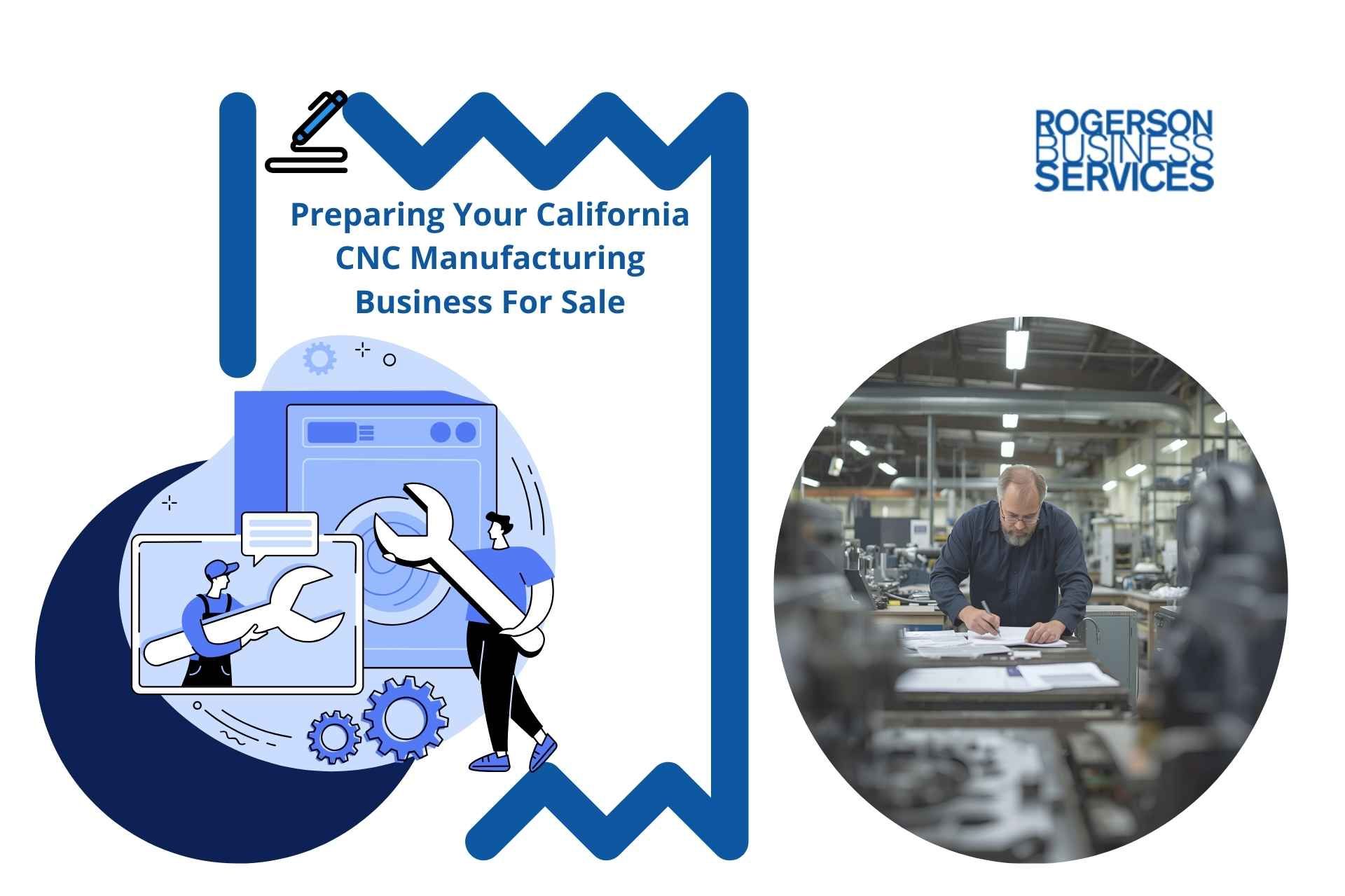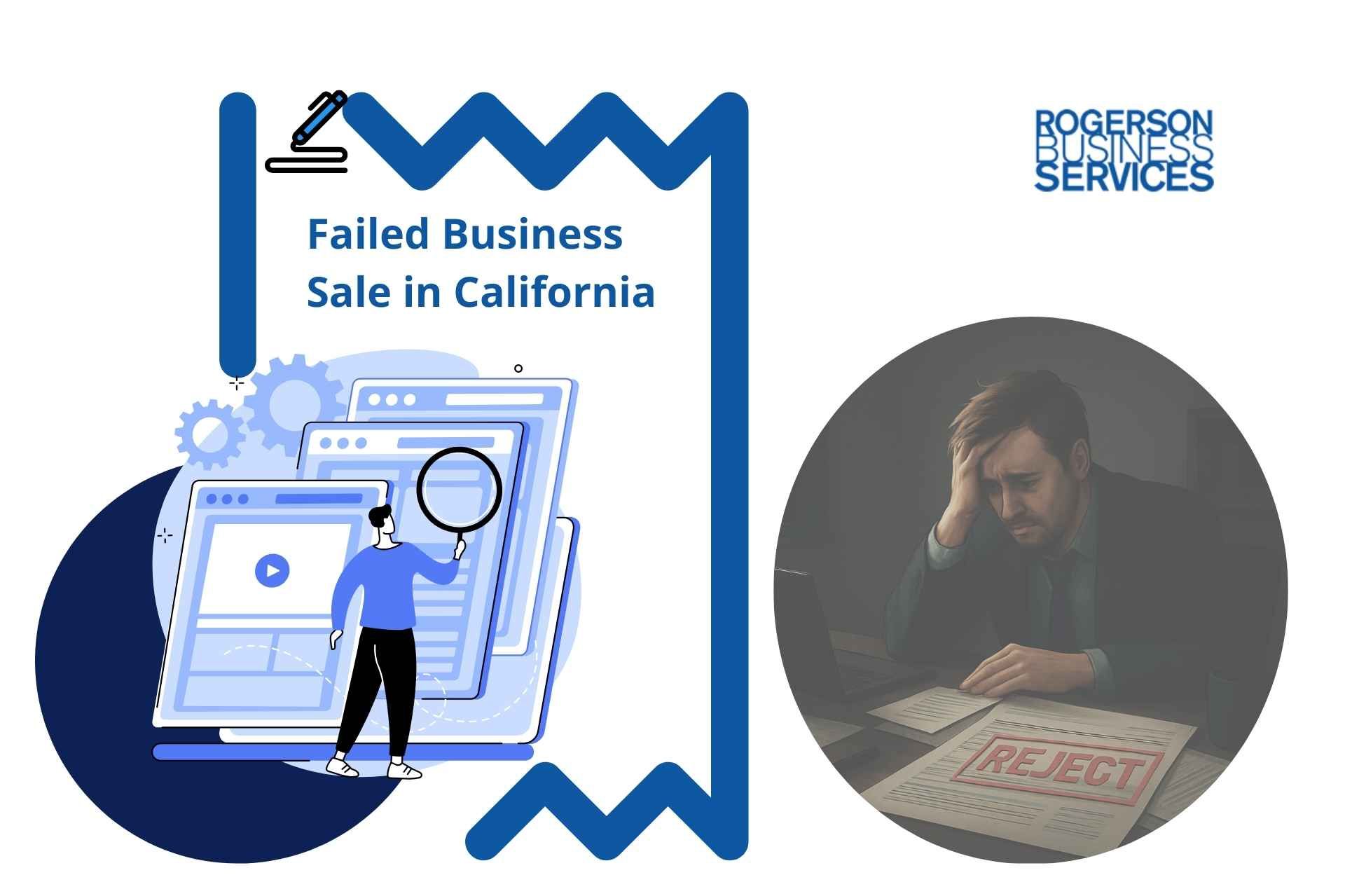Sell-Side M&A (The Ultimate Guide)
Sell-Side M&A

If you are a lower-middle-market business owner who’s looking to learn more about sell-side M&A, mergers and acquisitions, we’ll cover all the steps in this ultimate guide.
What is Sell-Side M&A?
There are two primary sides to mergers and acquisitions: the buy-side and the sell-side.
The buy-side is organizations that want to buy securities, like hedge funds. The sell-side is the entities that sell those securities, like investment banks.
The organizations on the sell-side M&A are the middlemen between corporations and buyers. They help sell securities to the buyers on behalf of the corporations and offer analysis and valuations during that process.
If you’re a business owner looking to retire and you want to sell your business, it’s important to do a little bit of research into the market. If the market is drowning in businesses trying to sell, it may not be a great time to make that jump.
If you can, try to wait until there’s a tad less competition you’ll have to go up against. This can help you avoid having to drop your price to make a sale.
M&A Phases: Sell-Side
There are many phases to both sides of the M&A process. Here are some tips about how to prepare on the sell-side M&|A:
Phase 1: Preparation
Corporations may wonder when the right time is to sell. There are a few main reasons people typically choose to sell:
Making Money:
If the owners of the business want to cash out some of their net worth, selling their business is a great way to do that.
No One to Take Over
If the owner is getting older or simply doesn’t want to be involved with the company anymore, it may make sense to sell.
Conflict Resolution
If there’s a conflict within the company that can’t be resolved, the company may need to sell. This can help prevent the business from being destroyed by infighting.
Strategy
Sometimes owners may not be interested in selling but may see a strategic advantage to merging with another company. A merger could potentially open up new revenue options, which could benefit the owners of both companies.
Phase 2: Marketing
If your company is going to sell, it’s important to acknowledge that there will be a big adjustment for everyone involved. Communication and transparency are key as everyone navigates the change.
The U.S. Chamber of Commerce recommends discussing what it is you want from the sale before negotiations begin.
They also recommend having a third party check into the things the buyer will likely assess during the due diligence phase to help you prepare. This will allow you to improve anything that may be lacking and help ensure that your business is as buyer-ready as possible.
Lastly, the COC recommends setting up an advisory board dedicated to overseeing the transition, to make sure nothing falls between the cracks and to help things run smoothly throughout the entire process.
Phase 3: Buyer Due Diligence
This is usually the longest phase. The buyers want to cover their bases and check everything before closing the deal so they know what they’re getting into, and they typically use both internal and external sources to do so.
Some of the most common ways they’ll do this include:
- Checking into the corporation's financial history
- Researching the corporation’s technology and intellectual property
- Analyzing the corporation’s customer base
- Determine whether they fit within the corporation
- Review the corporation’s material contracts
- Look into any employee or management issues within the corporation
- Familiarize themselves with any litigation against the corporation
- Understand the corporation’s insurance policies
- Review all documents about corporate matters within the corporation
- Check into any potential environmental issues the company could face
- Look into all property owned by the corporation
- Analyze the corporation’s competition
Phase 4: Closing the Deal
Once the buy-side and the sell-side reach an agreement, it’s time to sign the papers. There are lots of legal documents you will need to sign to seal the deal.
Then comes the fun part: Announcing the sale. This is typically done through a joint press release, as long as the news hasn’t already been leaked.
The press release should not only announce the sale or merger but should also explain what changes will be coming as well as what may stay the same. Let your business’ customers know what they can expect, and when they can expect it.
Deal Negotiations
Good negotiations are key to securing a sale, and there are many ways to approach them.
Middle-market business brokers are experts who can help do a lot of the heavy lifting during the negotiation process and help you secure a deal. They typically know more negotiation tactics than business owners. You may want to consider investing in one if you’re considering selling or merging your business.
But Abhik Jain, Vice President of International Strategy and Business Optimization at Hill-Rom, has some advice if you want to handle the negotiations on your own.
Jain recommends transparency and honesty throughout the process. But he told DealRoom that he thinks the sell-side has more leverage during the negotiation process.
“The opaqueness in a process when selling a business allows the seller or their advisor to create a competitive situation when there may not be a competitive situation,” Jain said. “It creates an opportunity to create an aura of competition to get the best terms and the best price possible for the business.”
He added that it’s important as the seller to maintain your integrity throughout the process to avoid any irreparable damage to your company’s reputation.
M&A Succession Fee
There are two main types of fees within the M&A space: retainer fees and success fees, with four different types of success fees. The fees you face will depend on the deal you agree to with your broker.
Let’s look at what each of them entails.
Retainer Fees
If you’re hiring a broker to help you with your sale, you can expect to pay a retainer fee to prove that you’re committed to the sale. This is a fee that will often need to be paid upfront, though you may be able to negotiate a monthly payment schedule.
M&A Source explains that sales worth over $100 million will likely accrue retainer fees in the hundreds of thousands of dollars. Sales worth less than $100 million will likely have fees between $50,000 and $150,000. These fees typically accumulate throughout the entire process.
Success Fees
Success fees are paid after the deal is successfully closed. M&A Source explains that they’re usually a percentage of the company’s value, though the type of success fee can vary depending on what the company’s goal is.
Fixed Success Fees
If a buyer is already set and most of the negotiations are already worked out, the broker won’t have to do too much work. In this case, a fixed success fee is likely best because the broker should be able to estimate how many hours they’ll need to work and set a fixed amount accordingly.
Flat Percentage Success Fees
A flat percentage success fee is a percentage of the company’s value. This allows the broker to set a flat rate, even if they don’t quite know how many hours they’ll need to put in for the sale.
This is most common for businesses valued at over $10 million, M&A Source said. But they warn that brokers may try to close the deal more quickly with a flat percentage rate so they don’t have to do as much work, so sellers may want to consider offering a higher percentage in exchange for a higher sale price.
Scaled Success Fees
Scaled success fees essentially offer more money for higher sales prices.
There are two commonly used scales in the M&A world: The Lehman Scale and the Double Lehman Scale. The Lehman Scale uses these percentages:
- 5% of the first $1 million
- 4% of the second $1 million
- 3% of the third $1 million
- 2% of the fourth $1 million
- 1% of the remaining total
The Double Lehman Scale doubles those percentages:
- 10% of the first $1 million
- 8% of the second $1 million
- 6% of the third $1 million
- 4% of the fourth $1 million
- 2% of the remaining total
Reverse Scaled Success Fees
The reverse scaled success fee makes it even more profitable for a broker to find the best sale price by flipping the scales used in scaled success fees. Rather than the percentages going down as the sale price increases, they go up.
An example of this structure could be:
- 1% of the first $1 million
- 2% of the second $1 million
- 3% of the third $1 million
- 4% of the fourth $1 million
- 5% of the remaining total
M&A Team Structure
A lot goes into selling a business, so it’s essential to have a strong team of specialists on your sell-side M&A to help everything run smoothly. Some examples of people you may want to have on your team include:
Integration Manager
An integration manager is a consultant who can oversee the entire process. They should have some experience in this field, so they know what to look for and how to best help, everyone, with the adjustment.
Industry Specialist
If multiple industries are colliding as the result of the sale, it can be helpful to have a specialist from each industry to help make sure all sides are represented and considered. They can help answer any questions during the transition.
Legal Counsel
Legal issues always arise, so it’s a good idea to have someone on your team who can help you roll with the punches as they come.
Functional Team Leads
Your team can benefit from some subcommittees – DealRoom recommends teams for finance, sales, and operations – which will each need their own team leads. These leads can then represent the team during any discussions to help ease communication throughout the transition process.
Sell-Side M&A Process Timeline
Now that you understand what goes into sell-side M&A, let’s look at how long you can expect the entire process to take.
Organization
1-2 months
During this step, you’ll be working to determine why your business is worth buying. You will assess the value of the business and come up with the strategy you’re going to take going forward.
Marketing
1-2 months
This is where you’ll start reaching out to buyers and advertising your business as one worth buying.
You’ll need to put together a marketing document that lets potential buyers know what your business is about and answer any questions they may have.
Solicit Initial Indications
2-3 weeks
During this process, you’ll do some follow-up meetings and start narrowing down the pool of potential qualified buyers.
Due Diligence
1-1.5 months
This is when the buyer is going to dig into every aspect of your business that they can to make sure they know what they’re getting into. As the seller, you’ll want to be ready with any documentation or data they may need to help make this process run smoothly.
Solicit Detailed Bias
2-3 weeks
As the seller, this is when you’ll work through negotiations and see which potential buyers have the most to offer you. Whether you’re focused more on financial profit or on who’s going to oversee your business once you’re gone, you’ll need to ask detailed questions and figure out which buyer is the best fit for you.
Final Negotiation
This will likely include another round of due diligence to make sure nothing slipped through the cracks.
From there, it’s on to paperwork signing the final
definitive agreement and an official announcement. Congratulations, you’ve sold your company!
Conclusion: Sell-Side M&A
There’s a lot you’ll need to know in order to successfully sell your business, but you don’t have to do it alone.
Consider using a middle market business broker with experience in your industry: manufacturing, trucking, wholesale and distribution, construction, business services, or maybe medical practices. They can help you strategize, evaluate the business, negotiate with potential buyers, and answer any questions you may have.
And make sure you set up a team to help ease the transition process after the sale. Even if you’re planning to leave the company, you don’t want to leave your employees in the lurch.
At Rogerson Business Services, we help business owners to value and sell their lower middle-market company in California with a solid exit plan ready for M&A. Our deal team includes Legal Experts, CPAs, Tax Experts, Financial Planners, and M&A Advisors. We are here to make the sell-side M&A process a successful one for you and your company.
If you have decided to value and then sell your business now or within the next six months, click here to get started with this quick and simple form, so we can understand your pain points better and prioritize your inquiry with RBS Advisors.
Hey there! Can we send you a gift?
We just wanted to say hi and thanks for stopping by our little corner of the web. :) we'd love to offer you a cup of coffee/tea, but, alas, this is the Internet.
However, we think you'll love our email newsletter about building value and properly position your company before transition/exit your business ownership.
As a special welcome gift for subscribing, you'll also get our helping and educational guides, tips, tutorials, etc.. for free.
It's filled with the best practices for retiring serial business owners like Dan Gilbert, Larry Ellison, Warren Buffett, and many more.
Just sign up for our emails below.


